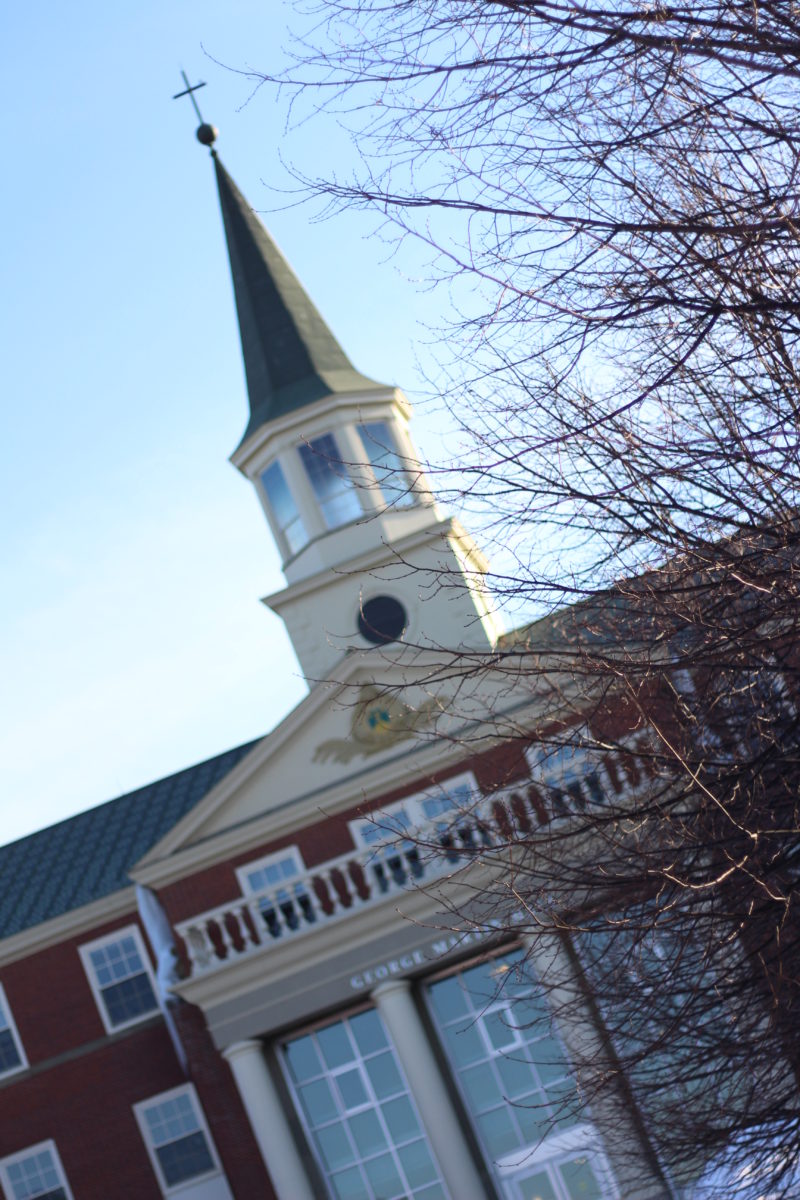St. Thomas University President Dawn Russell said STU’s enrolment is never going to get back to the way it was 10 years ago.

“We have to be cautious and think that we are going to be at low enrolment for the next few years. I think we have to be realistic about that,” she said at the Town Hall budget meeting last week where about 50 mostly faculty and staff attended.
Russell said some members of the Board of Governors think the university should not over calculate or being overly optimistic in terms of the budget.
“We need to be realistic in our budgeting. And work hard.”
Russell said the university has been working very hard this year on recruitment and retention, but sometimes it is not enough.
“We can work really hard and think of new ideas and new approaches but still be at this level,” she said. “We do have to make every effort to get our reputation out.”
In the proposed budget for 2015-16, the projected enrolment is between 1,800-1,850 students. In the past ten years, enrolment has declined by 27 per cent.
As a result, Russell said, it will be another difficult year.
STU is projected to have a deficit of $650,000 to about $1 million for 2015-16.
The university gets their revenue from two places: tuition, which depends on enrolment, and government funding in the form of an operating grant, said vice-president of finance and administration Lily Fraser. The university had a deal with the former government so that STU would receive a two per cent increase in funding. That is uncertain because of the new government. STU will know more once the provincial budget is released this week.
STU is also in agreement with the government, in a deal made in 2013, that the province would provide STU with a five-year domestic fee schedule that agreed the tuition could be increased each year. STU is in year two of the five-year plan. STU has the second-lowest domestic tuition in the Maritimes.
Next year, tuition will increase by $362 dollars for domestic students to $5,914. For international students, tuition will increase by $193 to $13,385. The international student health plan, which is required, will increase by $173 to $630.
The biggest shortfall this year for the university was its ancillary budget, which includes residence and meal plan. The deficit is projected to be $279,000. In the past three and a half years, students in residence have gone from 700 students to less than 500 students.
Fraser said the new meal plan set to begin in September is projected to reduce expenditures by $250,000.
Fraser said some of the possible strategies to deal with this include hiring constraints – they won’t be able to really fill vacancies, but will be reviewed. This year, they did not fill an unexpected vacancy and are forecasting a surplus of $1,900 in the salary expenditures budget because of it.
Fraser said retention is also a good way to help the budget. This year, retention of on-campus students is 78 per cent and off-campus is 61 per cent. She said a good first year experience in resident will help retain students.
The capital budget projects will help with retaining and recruiting students, she said. They include new common space in GMH and relocation of university chapel in Holy Cross House and residence renewals. The first residence to be renovated will be Harrington Hall, beginning in May 2016.
With all of these proposed changes and numbers, Russell said there is still one biggest worry for the university: enrolment.
